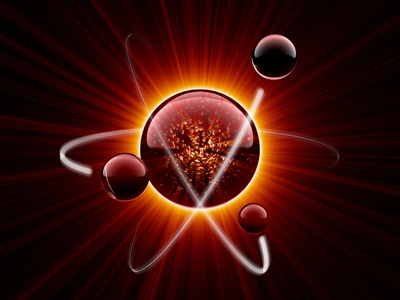

Radioactivity - Atomic Structure
This Physics quiz is called 'Radioactivity - Atomic Structure' and it has been written by teachers to help you if you are studying the subject at senior high school. Playing educational quizzes is one of the most efficienct ways to learn if you are in the 11th or 12th grade - aged 16 to 18.
It costs only $19.50 per month to play this quiz and over 3,500 others that help you with your school work. You can subscribe on the page at Join Us
The scientific method involves developing a hypothesis and then carrying out experiments to gather evidence to support it, however, that hasn't always been the case. The ancient Greeks, for example, did not carry out anything other than thought experiments, in other words, they imagined what would happen if they had been able to do an experiment. One of these was the beginning of the theory of atomic structure.
Ready for more?
not all...
quizzers. Try to win a coveted spot on our Hall of Fame Page.






